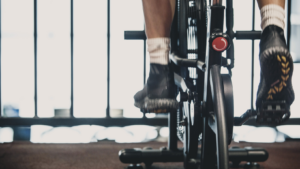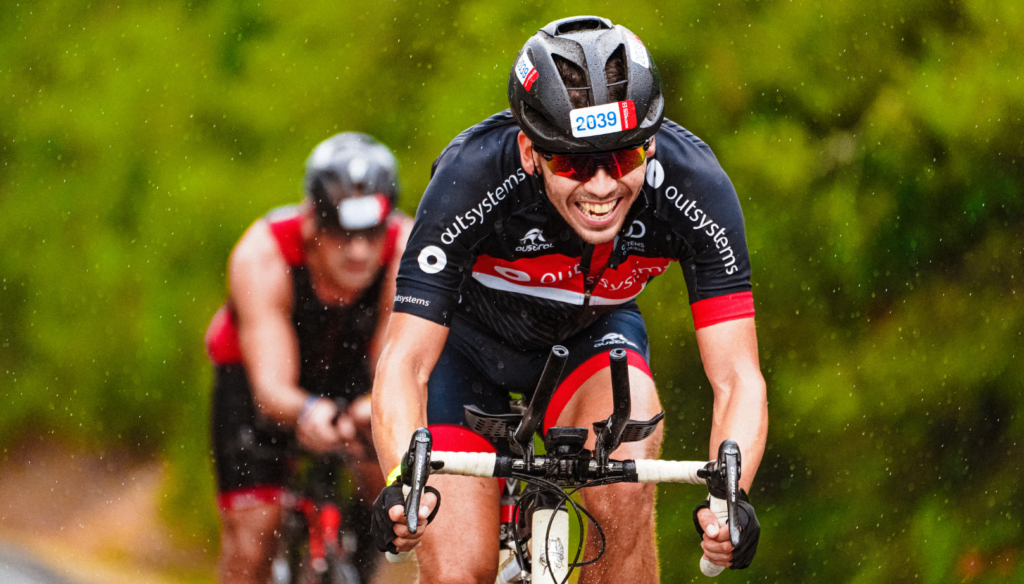Endurance cycling isn’t just about pedaling for hours; it’s a test of mental and physical stamina. When I first started, I quickly realized that preparation and strategy are key to conquering those long rides. Whether you’re aiming to tackle a century ride or simply want to boost your cycling stamina, having a solid plan makes all the difference.
In this article, I’ll share essential tips that have helped me push through the toughest rides. From nutrition and hydration to pacing and recovery, these insights will equip you to handle the demands of endurance cycling with confidence. Let’s dive into the strategies that can transform your long-distance rides from grueling to exhilarating.
Endurance Cycling Tips
Endurance cycling builds both physical and mental resilience. Studies show it enhances cardiovascular health, strengthens muscles, and increases metabolic rate. According to the American Heart Association, regular long-distance rides can lower the risk of heart disease by 30%. Beyond physical benefits, endurance cycling improves mental endurance by teaching discipline and focus. It’s essential for tackling various terrains and weather conditions with confidence. Additionally, mastering endurance cycling techniques helps in achieving personal goals, like completing century rides.
Preparing For Endurance Cycling

I begin preparation with a structured training plan, incorporating varied rides to build stamina. Incorporate interval training, hill climbs, and long endurance rides at least three times weekly. Follow a balanced diet rich in carbs, proteins, and healthy fats for sustained energy.
Hydrate consistently before, during, and after rides, consuming at least 16-20 ounces per hour of cycling. Use electrolytes to prevent imbalances.
Ensure your bike fits well and is maintained regularly for optimal performance. Employ mental strategies like visualization to enhance focus and resilience during long rides.
Training Strategies
A structured training plan maximizes endurance cycling efficiency. I recommend incorporating interval training, which improves speed and strength, making tough segments easier. Include hill climbs to build leg muscles and power, crucial for varied terrains. Schedule long endurance rides weekly to build stamina; a 3-hour ride every weekend works well. Consistency is key, so train at least three times a week for optimal results.
I use periodization to prevent overtraining. Alternate hard and easy weeks to allow muscle recovery and growth. Monitoring progress with tools like heart rate monitors and power meters provides valuable insights into performance improvements.
Nutrition And Hydration

Proper nutrition and hydration are crucial for sustaining energy during long rides. I consume a balanced diet rich in complex carbohydrates, lean proteins, and healthy fats. Examples include whole grains, chicken, and avocados. For hydration, I drink 16-20 ounces of water per hour during rides. I use electrolyte supplements to replace lost minerals. Pre-ride, I focus on meals that are high in easily digestible carbs like pasta or rice. Post-ride, I prioritize recovery with protein-rich foods such as eggs, nuts, and lean meats.
Mental Toughness
Endurance cycling demands mental toughness. When fatigue sets in, I focus on small goals like reaching the next mile marker. Using positive affirmation boosts my morale; I remind myself of past achievements. Visualization techniques also help—picturing myself crossing the finish line keeps my motivation high. I break the ride into manageable segments, mentally celebrating each milestone. To stay mentally engaged, I vary my routes whenever possible. Developing a strong mental game is as crucial as physical training, ensuring I stay determined through challenging terrains and weather conditions.
Common Mistakes To Avoid
One common mistake is neglecting proper nutrition and hydration. Skipping meals or not drinking enough water can lead to fatigue and poor performance.
Another error is overtraining. It’s crucial to listen to your body and incorporate rest days to prevent injuries and burnout.

Lastly don’t underestimate the importance of a well-fitted bike. An uncomfortable bike can cause discomfort and even injuries over long distances.
By avoiding these pitfalls you’ll be better prepared to enjoy the many benefits of endurance cycling.

